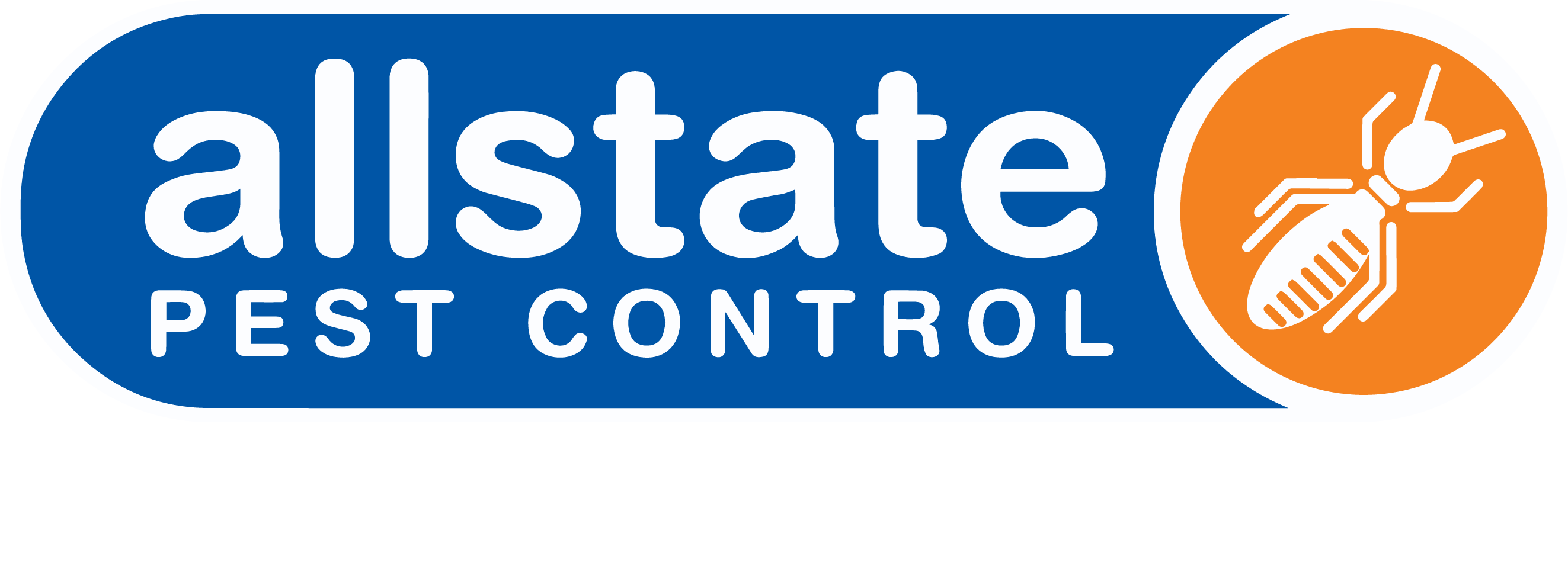by SerumTD-019 | Aug 30, 2022
Biological Magnification:The accumulation of toxins in the bodies of animals at higher levels in the food chain. This occurs because each time an animal eats another creature, it ingests all the toxins that have accumulated in that creature’s body. Over time, these toxins can build up to dangerous levels, causing health problems and even death.
by SerumTD-019 | Aug 30, 2022
Biological/Biochemical Oxygen Demand (BOD):A measure of the amount of oxygen required by microorganisms to break down organic matter in water. High BOD levels can indicate pollution and can lead to problems such as eutrophication and hypoxia.
by SerumTD-019 | Aug 30, 2022
Bioremediation:Bioremediation is the process of using living organisms to clean up contaminated sites. This can be done by using plants to absorb and break down pollutants, or by using bacteria and other microorganisms to eat and degrade contaminants. Bioremediation is a sustainable and cost-effective way to clean up contaminated sites, and it can be used to treat a wide range of contaminants including oil, pesticides, heavy metals, and sewage.
by SerumTD-019 | Aug 30, 2022
Biotechnology:Biotechnology is the use of living organisms or their products to create new or improved products or processes. It includes the fields of genetic engineering, biochemistry, and cell biology. Biotechnology can be used to create new medicines, food crops, industrial enzymes, and environmental cleanup agents. It also has the potential to improve the quality of life for people with disabilities or chronic illnesses.
by SerumTD-019 | Aug 30, 2022
Biotic disease:A biotic disease is a disease caused by a living organism. Biotic diseases can be caused by bacteria, viruses, fungi, or parasites. They can be transmitted from person to person, or they can occur naturally in the environment. Biotic diseases can be difficult to treat because they are often resistant to antibiotics and other drugs.



